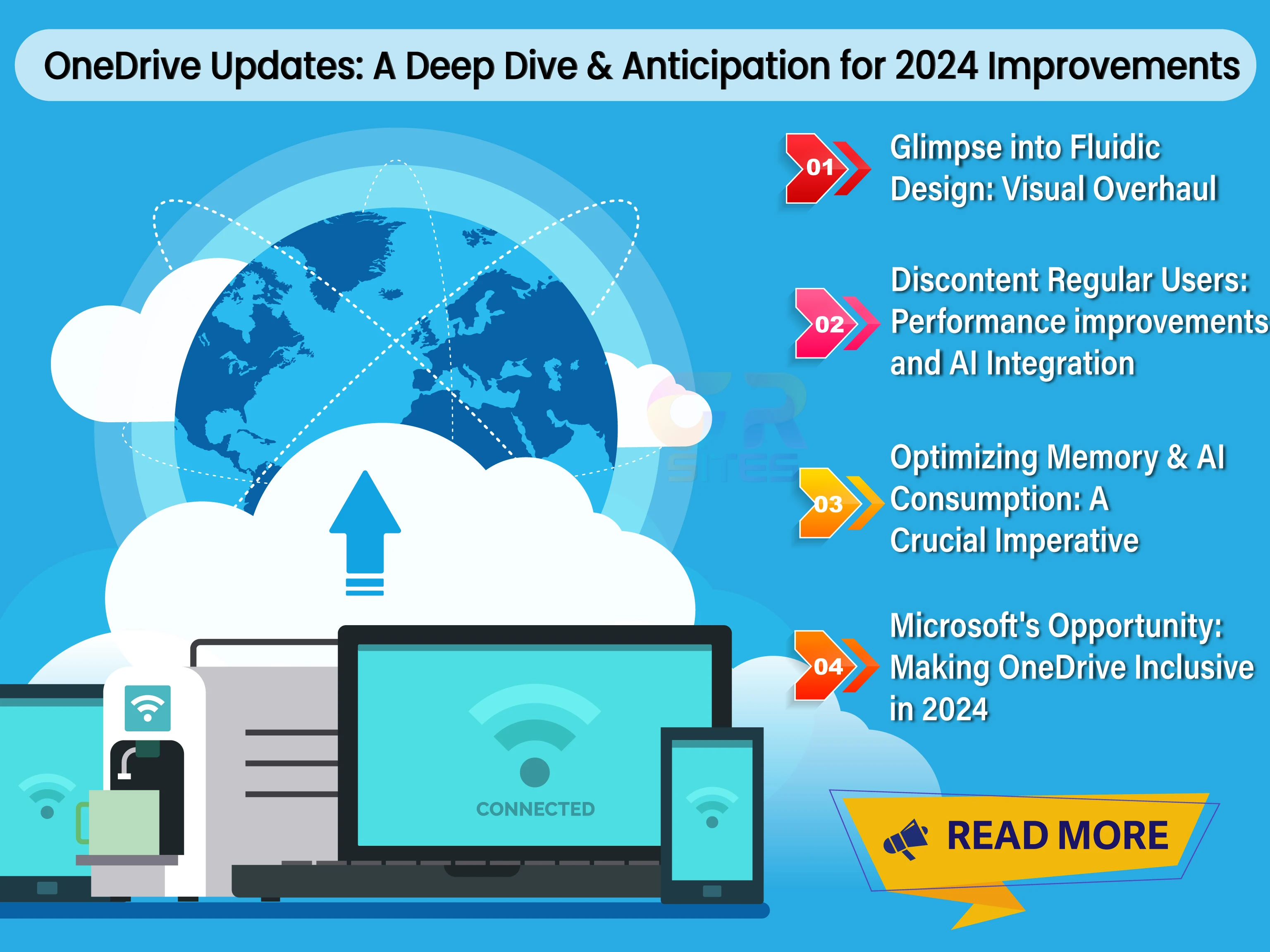The abrupt shift in work dynamics brought about by the COVID-19 pandemic has sparked a heated debate within the IT industry regarding the merits of remote work versus the traditional office setup. While many IT companies initially embraced remote work as a viable alternative, there has been a noticeable trend towards mandating a return to office (RTO) for employees. In this blog post, we delve into the underlying reasons behind this shift and examine the potential implications for both employers and employees.
RTO Puzzle: Unraveling the Motives Behind IT Companies' Decision
The decision by IT companies to enforce a return to office policy may seem perplexing at first glance, but several key factors contribute to this shift:
- Cost Savings: Enabling remote work allows IT companies to significantly reduce overhead costs associated with maintaining physical office spaces, including infrastructure, building maintenance, and utilities such as electricity and water.
- Employee Conveyance Costs: By facilitating remote work arrangements, companies can alleviate the financial burden on employees stemming from commuting expenses, such as fuel costs, public transportation fares, and vehicle maintenance.
- Enhanced Productivity: Contrary to initial concerns, many IT companies have observed sustained or even improved productivity levels among remote workers during the pandemic, thanks to advancements in digital collaboration tools and communication platforms.
- Employee Satisfaction: Offering the flexibility to work remotely can boost employee morale and job satisfaction, contributing to higher retention rates and a more positive work culture.
Exploring Alternative Solutions: Balancing Company Needs and Employee Preferences
Amidst the confusion surrounding the return to office mandate, several alternative solutions merit consideration for employees are:
- Flexibility in Office Attendance: Rather than imposing a rigid return to office policy, IT companies could offer employees the flexibility to choose their preferred timing for visiting the office, allowing for a gradual transition back to in-person work.
- Quarterly Team Meetings: To foster in-person connections and collaboration, IT companies could organize quarterly team meetings or events that bring employees together for face-to-face interactions while maintaining remote work as the default.
- Preferred Office Location: Providing employees with the option to select their preferred office location, whether based on proximity to their residence or personal preferences, can enhance satisfaction and morale while accommodating diverse needs.
Embracing a Hybrid Work Model: Future of Work in the IT Industry
As IT companies grapple with the complexities of the return to office mandate, a hybrid work model emerges as a compelling solution:
- Flexibility: A hybrid work model allows employees to enjoy the best of both worlds, offering the flexibility to work remotely while providing opportunities for in-person collaboration and engagement as needed.
- Customization: Companies can tailor their hybrid work arrangements to accommodate individual preferences and job requirements, empowering employees to choose the work setup that best suits their needs.
- Adaptability: Embracing a hybrid work model demonstrates agility and adaptability on the part of IT companies, enabling them to respond effectively to changing market dynamics and employee expectations in the post-pandemic era.
Conclusion
In conclusion, while the return to office mandate may appear counterintuitive in light of the proven benefits of remote work, it is essential to recognize the nuances and complexities involved in navigating this transition. By embracing a hybrid work model that prioritizes cost savings, employee satisfaction, and productivity, IT companies can chart a course towards a more sustainable and inclusive future of work.
What are your thoughts on the return to office mandate in the IT industry? Do you believe a hybrid work model is the way forward? Share your insights and join the conversation on the evolving landscape of work in the digital age.


